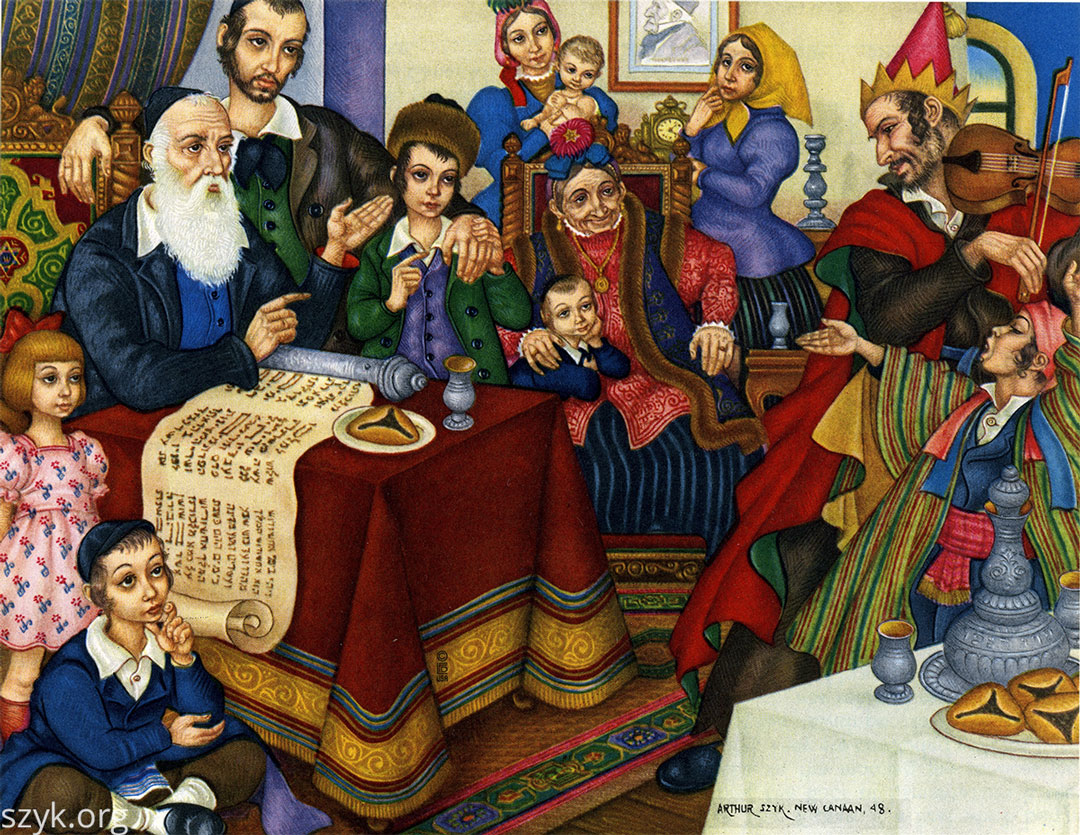Holī og Dīvalī – to hindufester
Et forslag til en religionshistorisk festtypologi
DOI:
https://doi.org/10.7146/rt.vi76.145259Nøgleord:
Holī, Divāli, adaption, mythological strong, mythological weakResumé
English abstract: In this article, I will demonstrate how feasts and festivals serve as effective analytical tools to comprehend the diversity within the Hindu tradition. I will use the two festivals: Holī and Dīvalī as examples. Additionally, I aim to explore whether the historical anchors of a festival, or multiple anchors, have significance for the interpretative potential associated with the festival today. I will particularly focus on whether the festival is strongly or weakly tied to one or more myths and whether it has a tribal/early archaic or archaic origin. I will also investigate if certain festivals within the Hindu tradition seem more adaptable to new contexts outside of India than other.
Dansk resume: I denne artikel vil jeg demonstrere, hvordan fester og festivaler er et godt analyseredskab til at forstå den hinduistiske tradition i sin mangfoldighed, men også til at undersøge, om festens historiske forankringspunkt eller forankringspunkter har betydning for det fortolkningspotentiale, man kan knytte til festen i dag. Her vil jeg særligt tage udgangspunkt i de to fester Holī og Dīvalī. Et analytisk omdrejningspunkt er, om festen knytter sig stærkt eller svagt til en eller flere myter, og om den har et tribalt/tidlig arkaisk eller et arkaisk ophav. Jeg vil også undersøge om visse fester inden for den hinduistiske er mere adaptiv til nye sammenhænge uden for Indien end andre.
Keywords: Holī; Divāli; adaption; mythological strong, mythological weak
Downloads
Publiceret
Versioner
- 2025-05-02 (3)
- 2024-05-12 (2)
- 2024-05-12 (1)
Citation/Eksport
Nummer
Sektion
Licens
Copyright (c) 2024 Forfatter(ne)

Dette værk er under følgende licens Creative Commons Navngivelse (by).
Alt publiceret materiale i RvT fra og med nr. 75 (2023) er underlagt en CC BY 4.0 licens, og forfatteren har ophavsretten dertil.
Forfatteren og RvT deler ophavsretten til materiale publiceret inden nr. 75





